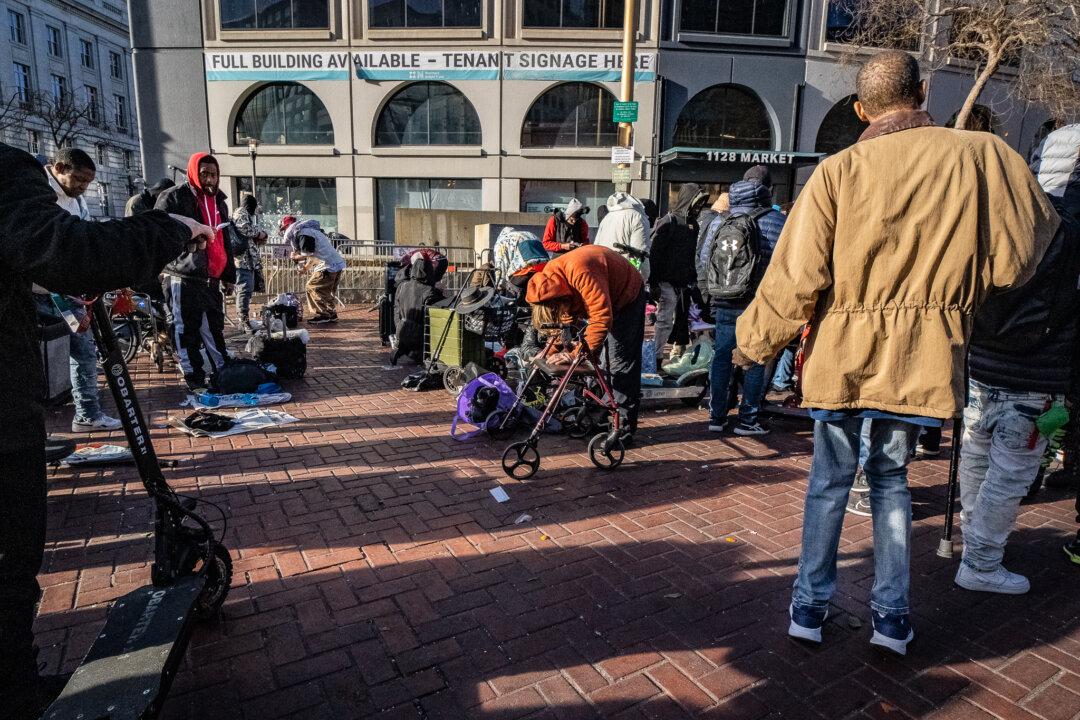The COVID-19 pandemic had a profound impact on California’s criminal justice system, according to a study published earlier this month.
The report from the Public Policy Institute of California evaluated the impact of the pandemic on arrests in the state comparing data from January 2020 through July 2021 and found that although there were some decreases in certain crimes, those categorized as violent—aggravated assault, auto thefts, and homicides—increased.





